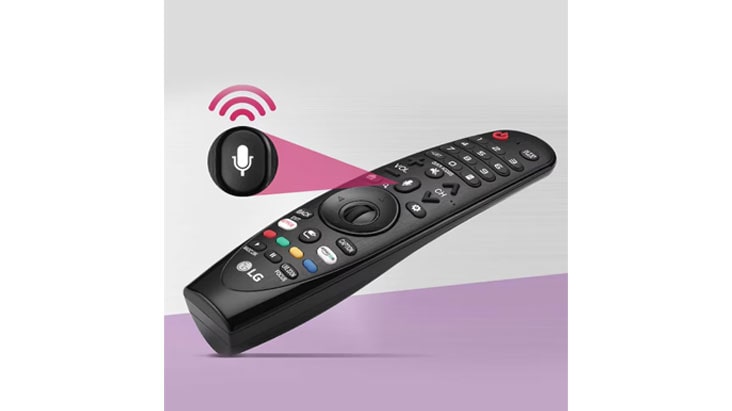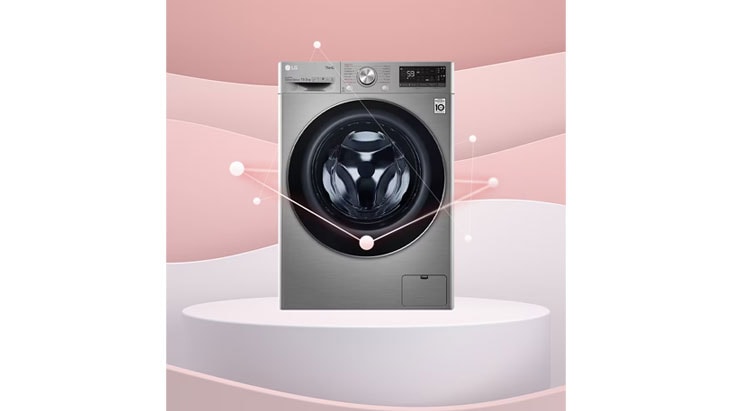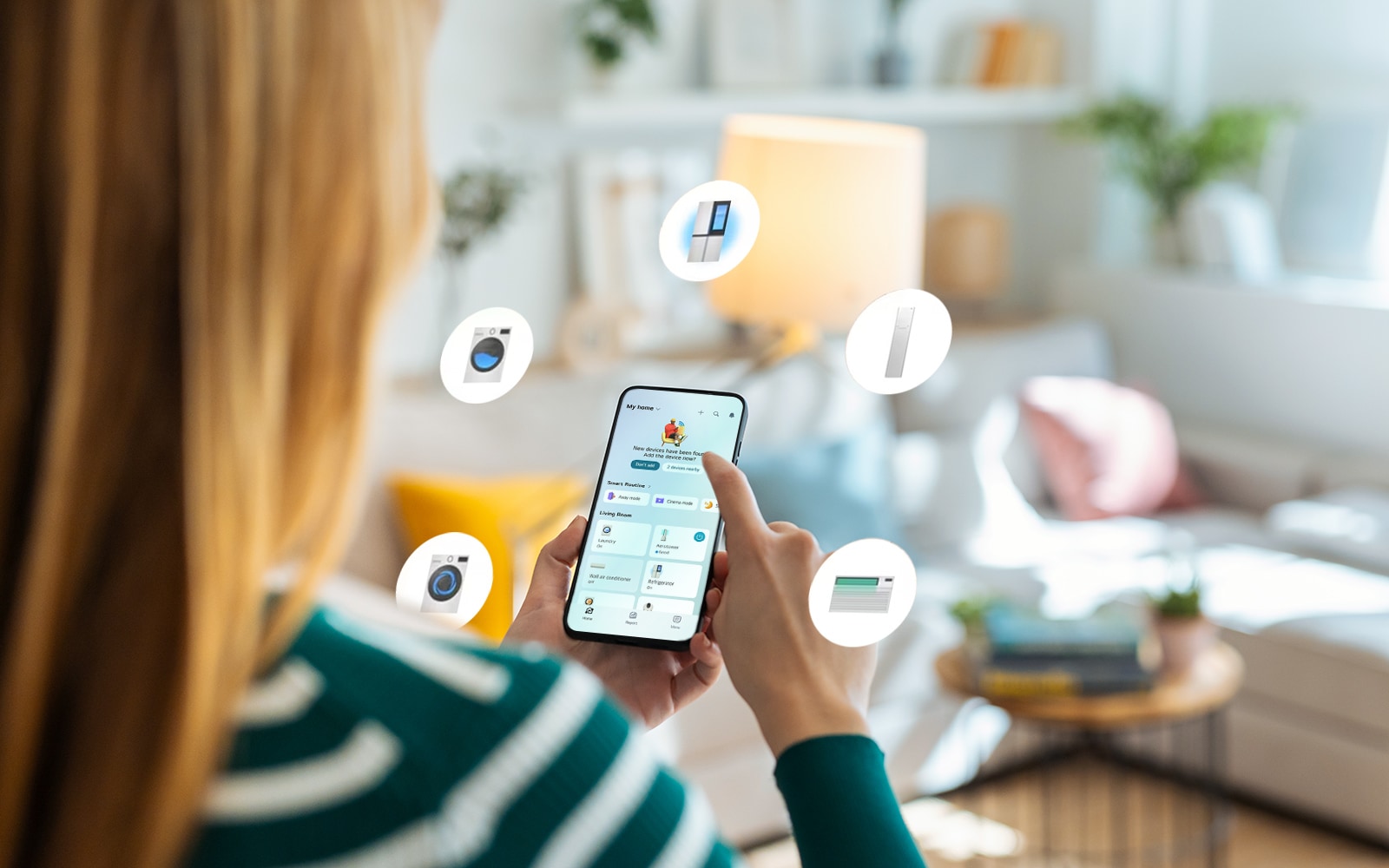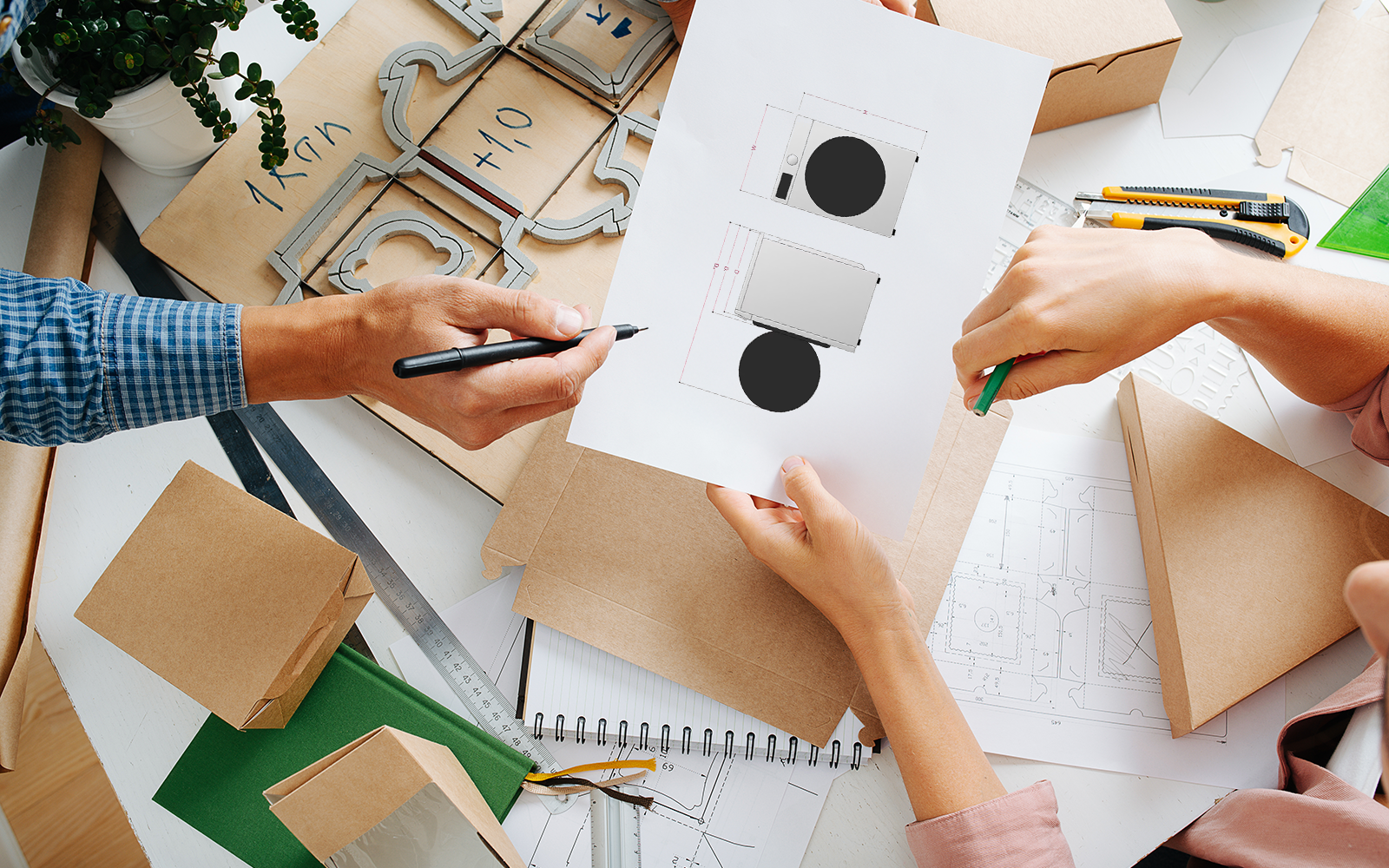We use cookies, including cookies from third parties, to enhance your user experience and the effectiveness of our marketing activities. These cookies are performance, analytics and advertising cookies, please see our Privacy and Cookie policy for further information. If you agree to all of our cookies select “Accept all” or select “Cookie Settings” to see which cookies we use and choose which ones you would like to accept.
INSPIRATION
Assistive technology: building accessible homes for everyone
In this article, we will cover:
- What exactly is assistive technology and why is it important?
- Why voice activation, universal design, AI connectivity, mobile controls and tactile features are often used in assistive devices
- How to easily adopt and utilise assistive technology at home
LG is known for its ground-breaking technology, and every year products are created with a wide range of lifestyles in mind. With helpful features like voice activation, universal design and AI connectivity, learn how the products you use everyday can incorporate assistive technology.
What is assistive technology?
More than 1 billion people need some form of assistive technology to maintain their functional independence and wellbeing.1 These devices and tools help people to navigate the world and improve their quality of life. With assistive technology, people with disabilities can go through their daily routines easier and more comfortably by using products that are designed to accommodate their needs.
Assistive technology can include anything from wheelchairs to voice-activated software. High-tech or low-tech, a wide range of innovative solutions are becoming increasingly available across the globe.
Popular examples of assistive technology
Assistive technology can take many forms. Here are some features found in assistive devices that help people at home, at work or even out in public.
Voice activation
hanks to the rise of smart speakers, 41% of adults use a voice-activated device on a daily basis. But smart speakers aren’t the only gadgets that respond to vocal commands. In fact, you can use the power of speech to control household appliances, smartphones, entertainment devices and more.
The LG Magic Remote is one form of assistive technology that demonstrates how voice activation can make life easier. This particular example allows you to create a completely hands-free entertainment centre by using your voice to interact with multiple products at the same time. Start a request by saying a keyword, and you can actually talk to your device to complete each command.
Audible notifications
When you can’t see a notification, reminder or prompt, you need another option to keep track. Audible notifications make sure you can hear when your laundry is done, your oven has finished heating or you’ve received a message on your phone.
Most importantly, audible notifications allow visually impaired individuals to freely utilise enabled devices, apps and interfaces. And it’s easy to stay organised by assigning different tones for each device or notification type.
AI connectivity
Artificial intelligence has made it simpler than ever to control multiple devices around your home. This concept helps different forms of assistive technology connect and work together by simulating user behaviour.
Devices use AI to ‘talk’ to each other and learn new things about the objects they interact with. For example, smart washing machines can use AI to detect the weight and softness of your laundry. This allows them to automatically select the right cycles, saving time and energy with every load.
Mobile controls
Anyone who owns a smartphone or tablet can use it to control hundreds of other devices with a tap of the screen or a short voice command. You just need to download the right app to start giving instructions, choosing programs and checking settings.
With certain appliances, you can simply sync your phone with any number of devices using the LG ThinQ app. This brings all of your compatible AI-powered appliances together in one central hub. Instead of travelling between appliances to take a look at their settings, power level or energy consumption, you can access this information anywhere using mobile controls.
Tactile features
Tactile features make it possible to use your hands and fingers to interact with devices and appliances. Raised symbols that indicate the purpose of a button are common examples of this type of assistive technology. Braille and distinct textures are other popular tactile features.
Tactile adaptations can also be digital and dynamic, like the technology used by InstaView smart fridges. With just two knocks, you can see what’s inside your fridge without opening the door.
How can you use assistive technology at home?
Understanding which assistive devices are on the market is the first step toward achieving a more comfortable and accessible lifestyle for 10% of the global population. It’s easier than it has ever been before to utilise assistive technology. However, it can still be overwhelming if you’re not sure where to start.
Telehealth
The use of telehealth services is one way in which people have been incorporating assistive technology into their everyday lives. Telemedicine allows people to access vital health services from their homes, both over the phone and online.
Patients can video chat with doctors or other medical professionals, eliminating the need to travel and see them in person. Not only does telehealth come with steep cost-saving benefits, but it allows disabled individuals to easily seek care without travelling.
Universal design
The concept of universal design involves developing products that are suitable for everyone, regardless of age, ability or anything else. The LG SideKick™ Pedestal Washer is one such assistive technology example. Subtle adaptations like low-clearance access can take the stress out of standard daily tasks for wheelchair users or other physically disadvantaged individuals. This makes universal design a crucial feature to look for in new appliances.
Development experts at LG are also working on an accessibility indicator. This measurement standard will help consumers quickly assess the inclusivity of different products.
Adaptable notifications
Assistive technology features should offer different options for operation. Having controls and notifications that work for everyone means anyone can maintain independence in their own home.
Audible notifications and voice control allow blind and visually impaired people to use all of their chosen products. Visual notifications and indicators give people with hearing impairments helpful updates on their devices and appliances.
Every detail counts when creating a home that is convenient, comfortable and accessible. By keeping assistive technology in mind, LG is helping to make inclusive homes and businesses possible.







